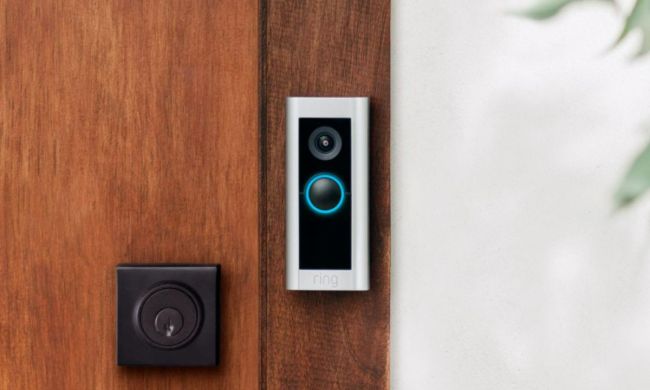Too much time in front of a television or smartphone screen can be bad for your health. More specifically, blue light exposure can interfere with your circadian rhythm and interrupted sleep patterns, lead to heart problems, and even contribute to obesity. To combat this threat, Google introduced its Digital Wellbeing initiative at I/O 2018 to help people control their phone usage.
The Digital Wellbeing initiative allows users to monitor the amount of time they spend on the phone, as well as in individual apps. Custom timers can be established to remind users to put the phone down (or to stop using certain applications). Leaving the app after the time limit has been reached results in a gray icon. While the app can still be opened, the color change acts a reminder not to.
When 9to5Google dug into the APK, it discovered an option for Digital Wellbeing within Google Assistant. The previous “Family Tools” option has been renamed to “Digital Wellbeing.” A new function called “Filters” takes the place where “Family Mode” used to be.
The previous “Family Mode” enabled the administrator to set restrictions on content and games. If parents wanted to block games from being played on a phone during certain hours, they could do so through this mode. It proved useful at preventing kids from hiding under the covers and watching YouTube videos.
Another function the team discovered is called “Downtime.” Its purpose isn’t yet known, but people have speculated it could block certain users between specific hours, potentially through Voice Match.
Google wants to make its devices as kid-friendly as possible, so tools that allow parents to limit functionality during certain hours makes a lot of sense. Google has already begun to implement Google Assistant for households, and the inclusion of Digital Wellbeing indicates the company’s desire to speed the process along. The function automatically enables do-not-disturb modes for its Calendar implementation, while YouTube now shows stats based on the number of videos watched daily and weekly.
As the Digital Wellbeing initiative spreads, Google devices will include features that allow users to customize their experience and combat technological addiction. With time, the company hopes the initiative will help users to build “healthy habits for the whole family.”



